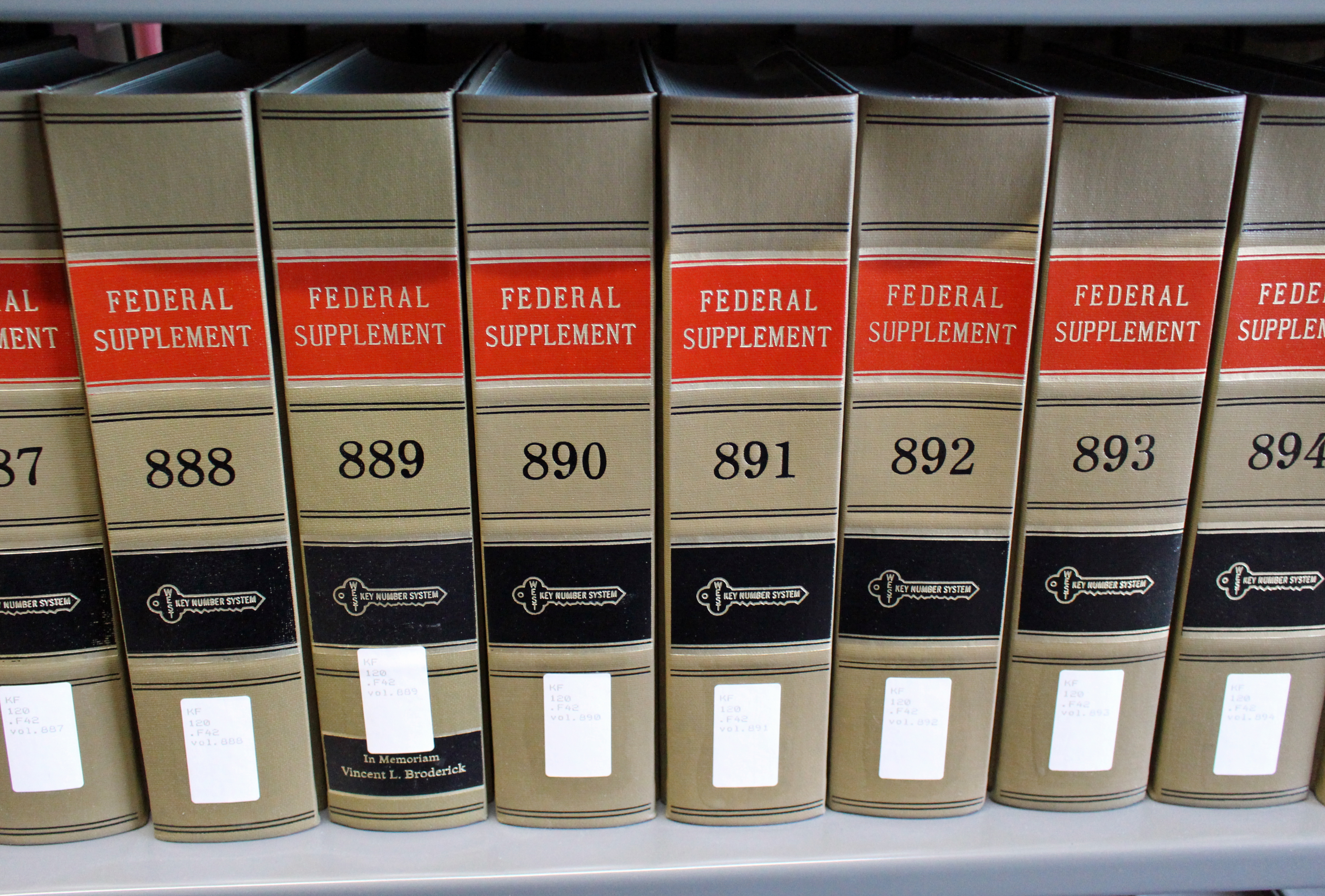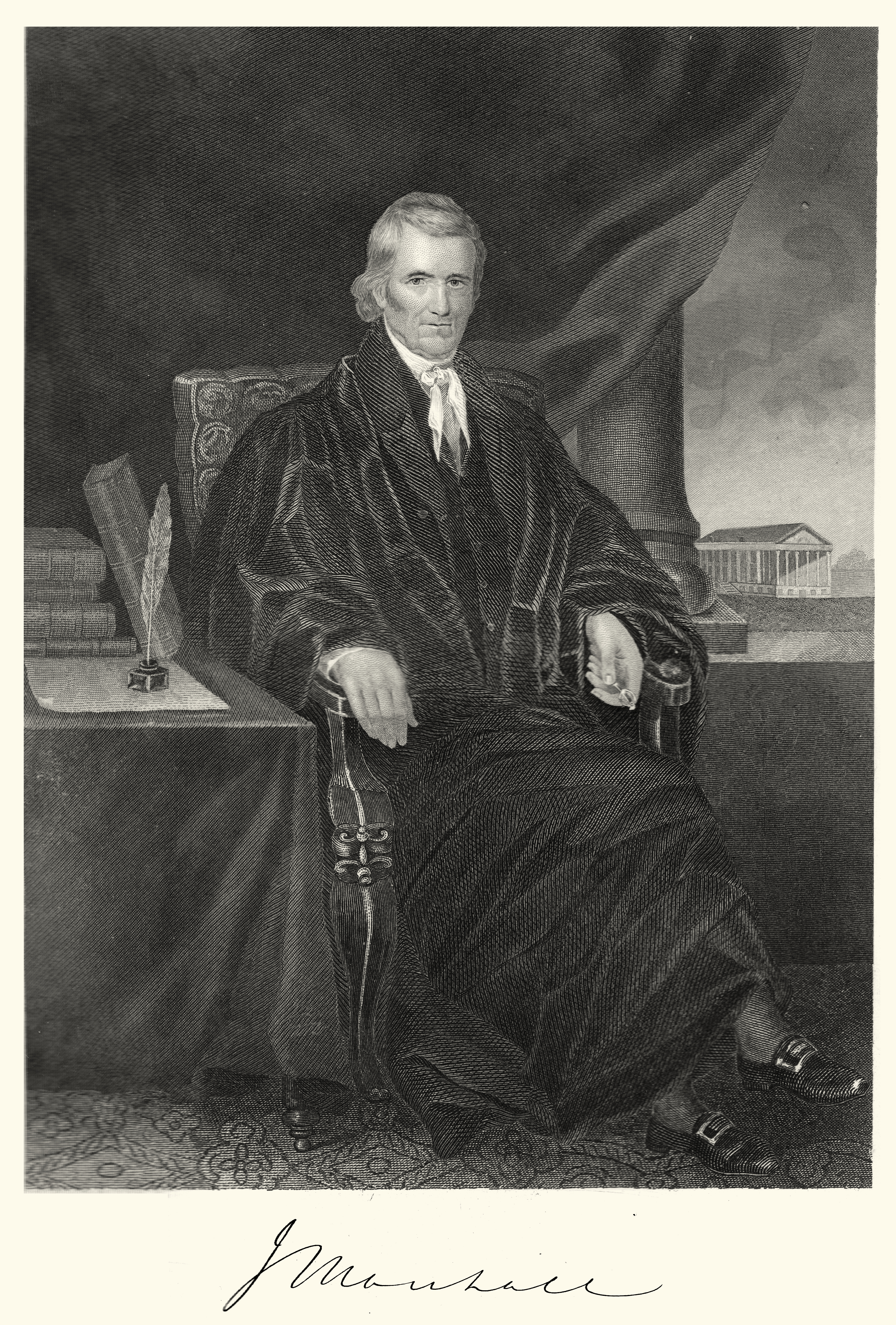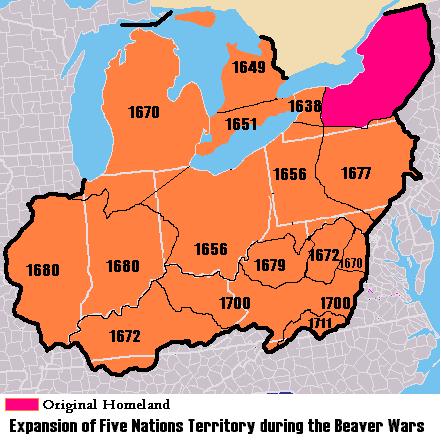|
DaimlerChrysler Corp. V. Cuno
''DaimlerChrysler Corp. v. Cuno'', 547 U.S. 332 (2006), is a United States Supreme Court case involving the standing of taxpayers to challenge state tax laws in federal court. The Court unanimously ruled that state taxpayers did not have standing under Article III of the United States Constitution to challenge state tax or spending decisions simply by virtue of their status as taxpayers. Chief Justice John Roberts delivered the majority opinion (his fifth on the Court), which was joined by all of the justices except for Ruth Bader Ginsburg, who concurred separately. Background Tax incentives and taxpayer lawsuit On November 12, 1998, the city of Toledo, Ohio entered into a development agreement with auto manufacturer DaimlerChrysler, for it to construct a new Jeep assembly plant near its existing facility in exchange for various tax incentives. DaimlerChrysler was to receive approximately $280,000,000 in tax benefits, in the form of a ten-year exemption from certain pro ... [...More Info...] [...Related Items...] OR: [Wikipedia] [Google] [Baidu] |
Federal Supplement
The ''Federal Supplement'' ( is a case law reporter published by West Publishing in the United States that includes select opinions of the United States district courts since 1932, and is part of the National Reporter System. Although the ''Federal Supplement'' is an unofficial reporter and West is a private company that does not have a legal monopoly over the court opinions it publishes, it has so dominated the industry in the U.S. that legal professionals uniformly cite the ''Federal Supplement'' for included decisions. Approximately 40 new volumes are published per year. Distinctions Before 1932, federal district court cases were published in the ''Federal Reporter'', which now publishes only case law from the United States Courts of Appeals and the United States Court of Federal Claims; prior series had varying scopes that covered opinions of other federal courts as well. The ''United States Reports'' are the official law reports of the rulings, orders, case tables, and o ... [...More Info...] [...Related Items...] OR: [Wikipedia] [Google] [Baidu] |
Jeep
Jeep is an American automobile marque, now owned by multi-national corporation Stellantis. Jeep has been part of Chrysler since 1987, when Chrysler acquired the Jeep brand, along with remaining assets, from its previous owner American Motors Corporation (AMC). Jeep's current product range consists solely of sport utility vehicles – both crossovers and fully off-road worthy SUVs and models, including one pickup truck. Previously, Jeep's range included other pick-ups, as well as small vans, and a few roadsters. Some of Jeep's vehicles—such as the Grand Cherokee—reach into the luxury SUV segment, a market segment the 1963 Wagoneer is considered to have started. Jeep sold 1.4 million SUVs globally in 2016, up from 500,000 in 2008, two-thirds of which in North America, and was Fiat-Chrysler's best selling brand in the U.S. during the first half of 2017. In the U.S. alone, over 2400 dealerships hold franchise rights to sell Jeep-branded vehicles, and if Jeep were spun off ... [...More Info...] [...Related Items...] OR: [Wikipedia] [Google] [Baidu] |
Dormant Commerce Clause
The Dormant Commerce Clause, or Negative Commerce Clause, in American constitutional law, is a legal doctrine that courts in the United States have inferred from the Commerce Clause in Article I of the United States Constitution, Article I of the US Constitution. The primary focus of the doctrine is barring state Protectionism in the United States, protectionism. The Dormant Commerce Clause is used to prohibit state legislation that discriminates against, or unduly burdens, interstate or International trade, international commerce. Courts first determine whether a state regulation discriminates on its face against interstate commerce or whether it has the purpose or effect of discriminating against interstate commerce. If the statute is discriminatory, the state has the burden to justify both the local benefits flowing from the statute and to show the state has no other means of advancing the legitimate local purpose. For example, it is lawful for Michigan to List of food labeling r ... [...More Info...] [...Related Items...] OR: [Wikipedia] [Google] [Baidu] |
Ohio Constitution
The Constitution of the State of Ohio is the basic governing document of the State of Ohio, which in 1803 became the 17th state to join the United States of America. Ohio has had three constitutions since statehood was granted. Ohio was created from the easternmost portion of the Northwest Territory. In 1787, the Congress of the Confederation of the United States passed the Northwest Ordinance, establishing a territorial government and providing that " ere shall be formed in the said territory, not less than three nor more than five states." The Ordinance prohibited slavery and provided for freedom of worship, the right of ''habeas corpus'' and trial by jury, and the right to make bail except for capital offenses. Ohio courts have noted that the Northwest Ordinance "was ever considered as the fundamental law of the territory." 1802 Constitution The Ohio territory's population grew steadily in the 1790s and early 19th century. Congress passed an enabling bill to establi ... [...More Info...] [...Related Items...] OR: [Wikipedia] [Google] [Baidu] |
Article One Of The United States Constitution
Article One of the United States Constitution establishes the legislative branch of the Federal government of the United States, federal government, the United States Congress. Under Article One, Congress is a bicameral legislature consisting of the United States House of Representatives, House of Representatives and the United States Senate, Senate. Article One grants Congress various Enumerated powers (United States), enumerated powers and the ability to pass laws "Necessary and Proper Clause, necessary and proper" to carry out those powers. Article One also establishes the procedures for passing a bill and places various limits on the powers of Congress and the U.S. state, states from abusing their powers. Article One Vesting Clause grants all federal legislative power to Congress and establishes that Congress consists of the House of Representatives and the Senate. In combination with the Vesting Clauses of Article Two and Article Three, the Vesting Clause of Article One estab ... [...More Info...] [...Related Items...] OR: [Wikipedia] [Google] [Baidu] |
Commerce Clause
The Commerce Clause describes an enumerated power listed in the United States Constitution ( Article I, Section 8, Clause 3). The clause states that the United States Congress shall have power "to regulate Commerce with foreign Nations, and among the several States, and with the Indian Tribes". Courts and commentators have tended to discuss each of these three areas of commerce as a separate power granted to Congress. It is common to see the individual components of the Commerce Clause referred to under specific terms: the Foreign Commerce Clause, the Interstate Commerce Clause, and the Indian Commerce Clause. Dispute exists within the courts as to the range of powers granted to Congress by the Commerce Clause. As noted below, it is often paired with the Necessary and Proper Clause, and the combination used to take a more broad, expansive perspective of these powers. During the Marshall Court era (1801–1835), interpretation of the Commerce Clause gave Congress jurisdiction ove ... [...More Info...] [...Related Items...] OR: [Wikipedia] [Google] [Baidu] |
Ohio Revised Code
The ''Ohio Revised Code'' contains all current statutes of the Ohio General Assembly of a permanent and general nature, consolidated into provisions, titles, chapters and sections. However, the only official publication of the enactments of the General Assembly is the ''Laws of Ohio''; the ''Ohio Revised Code'' is only a reference. The ''Ohio Revised Code'' is not officially printed, but there are several unofficial but certified (by the Ohio Secretary of State) commercial publications: ''Baldwin's Ohio Revised Code Annotated'' and ''Page's Ohio Revised Code Annotated'' are annotated, while ''Anderson's Ohio Revised Code Unannotated'' is not. ''Baldwin's'' is available online from Westlaw and ''Page's'' is available online from LexisNexis. History The ''Ohio Revised Code'' replaced the ''Ohio General Code'' in 1953.http://www.lexisnexis.com/infopro/zimmerman/disp.aspx?z=1794. ''URL accessed 15 September 2006.'' However the current organization and form of the ''Ohio Revised Code' ... [...More Info...] [...Related Items...] OR: [Wikipedia] [Google] [Baidu] |
Ohio
Ohio () is a state in the Midwestern region of the United States. Of the fifty U.S. states, it is the 34th-largest by area, and with a population of nearly 11.8 million, is the seventh-most populous and tenth-most densely populated. The state's capital and largest city is Columbus, with the Columbus metro area, Greater Cincinnati, and Greater Cleveland being the largest metropolitan areas. Ohio is bordered by Lake Erie to the north, Pennsylvania to the east, West Virginia to the southeast, Kentucky to the southwest, Indiana to the west, and Michigan to the northwest. Ohio is historically known as the "Buckeye State" after its Ohio buckeye trees, and Ohioans are also known as "Buckeyes". Its state flag is the only non-rectangular flag of all the U.S. states. Ohio takes its name from the Ohio River, which in turn originated from the Seneca word ''ohiːyo'', meaning "good river", "great river", or "large creek". The state arose from the lands west of the Appalachian Mountai ... [...More Info...] [...Related Items...] OR: [Wikipedia] [Google] [Baidu] |
Ohio Courts Of Common Pleas
Ohio () is a state in the Midwestern region of the United States. Of the fifty U.S. states, it is the 34th-largest by area, and with a population of nearly 11.8 million, is the seventh-most populous and tenth-most densely populated. The state's capital and largest city is Columbus, with the Columbus metro area, Greater Cincinnati, and Greater Cleveland being the largest metropolitan areas. Ohio is bordered by Lake Erie to the north, Pennsylvania to the east, West Virginia to the southeast, Kentucky to the southwest, Indiana to the west, and Michigan to the northwest. Ohio is historically known as the "Buckeye State" after its Ohio buckeye trees, and Ohioans are also known as "Buckeyes". Its state flag is the only non-rectangular flag of all the U.S. states. Ohio takes its name from the Ohio River, which in turn originated from the Seneca word ''ohiːyo'', meaning "good river", "great river", or "large creek". The state arose from the lands west of the Appalachian Moun ... [...More Info...] [...Related Items...] OR: [Wikipedia] [Google] [Baidu] |
Lucas County, Ohio
Lucas County is a county located in the northwestern part of the U.S. state of Ohio. It is bordered to the east by Lake Erie, and to the southeast by the Maumee River, which runs to the lake. As of the 2020 census, the population was 431,279. Its county seat is Toledo, located at the mouth of the Maumee River on the lake. The county was named for Robert Lucas, 12th governor of Ohio, in 1835 during his second term. Its establishment provoked the Toledo War conflict with the Michigan Territory, which claimed some of its area. Lucas County is named after Robert Lucas, 12th Governor of the State of Ohio and the winning governor of the Toledo War, and is the central county of the Toledo Metropolitan Statistical Area. History On August 20, 1794, near the site of the present-day town of Maumee, American forces led by General Anthony Wayne won a decisive victory over allied Indian forces at the Battle of Fallen Timbers after years of conflict in what was known as the Northwe ... [...More Info...] [...Related Items...] OR: [Wikipedia] [Google] [Baidu] |
Washington Local School District (Lucas County)
Washington Local School District is a school district in Northwest Ohio. The school district serves students who live in Lucas County. Washington Local Schools is located in Toledo, Ohio Toledo ( ) is a city in and the county seat of Lucas County, Ohio, United States. A major Midwestern United States port city, Toledo is the fourth-most populous city in the state of Ohio, after Columbus, Cleveland, and Cincinnati, and according ..., and students who attend must be residents living within the school district boundaries. The superintendent is Dr. Kadee Anstadt. Schools Grades 9-12 * Whitmer Senior High School * Whitmer Career and Technology Center * Malcolm-Bain Center Grades 7-8 * Washington Junior High School * Jefferson Junior High School Jefferson and Washington "loop", with students attending the same junior high for both years, but the buildings alternating every other year, in terms of the grade level which attends there. The junior highs are on the same c ... [...More Info...] [...Related Items...] OR: [Wikipedia] [Google] [Baidu] |
Toledo Public Schools
Toledo Public Schools, also known as Toledo City School District, is a public school district headquartered in Toledo, Ohio, in the United States. The district encompasses 70 square miles, serving students of the city of Toledo. Toledo Public Schools (TPS), serves 23,324 students (2018-2019 school year) and is the fourth largest district in the state. Since 2013, TPS has experienced growth in student enrollment from 21,353 students to 23,324 for the 2018-2019 school year. The district has seen the graduation rate improve 7.5 percent since 2014. The 4-year graduation rate for students who entered the 9th grade in 2014 and graduated by 2017 was 71.4 percent. The 5-year graduation rate for students who entered the 9th grade in fall of 2013 and graduated by the summer of 2017 was 78.5 percent. TPS budget includes local, state, federal, and other funds, totaling more than $447.3 million (2017-2018 school year). The majority (63.2 percent) of the districts budget comes from state fun ... [...More Info...] [...Related Items...] OR: [Wikipedia] [Google] [Baidu] |







